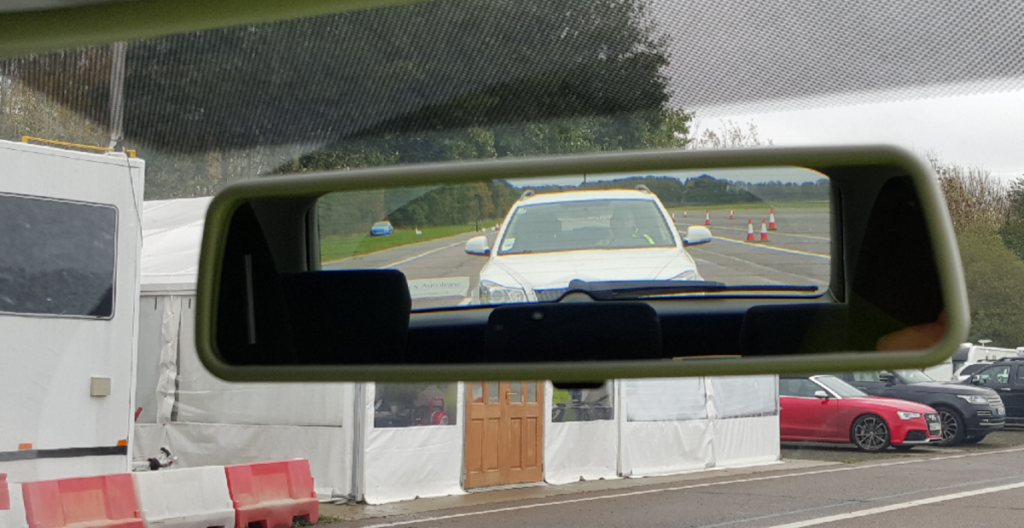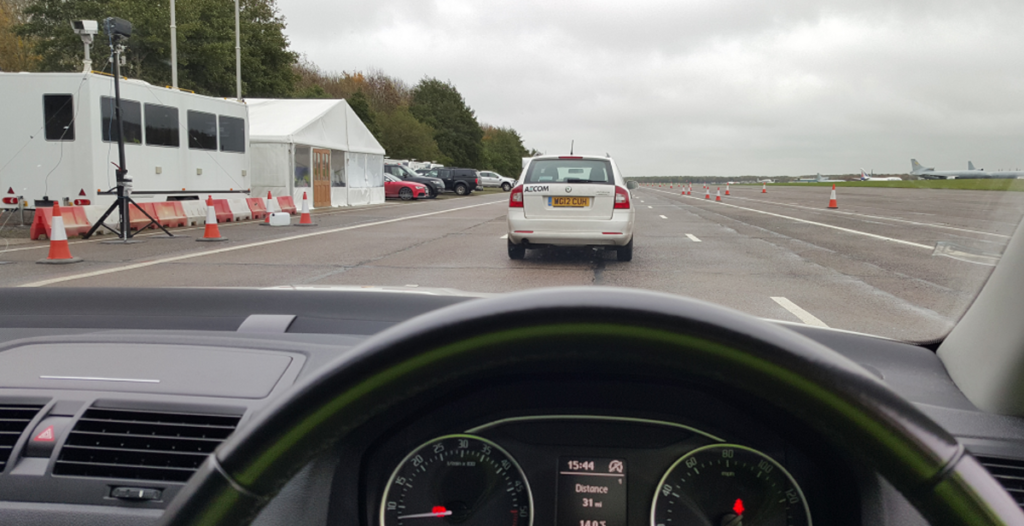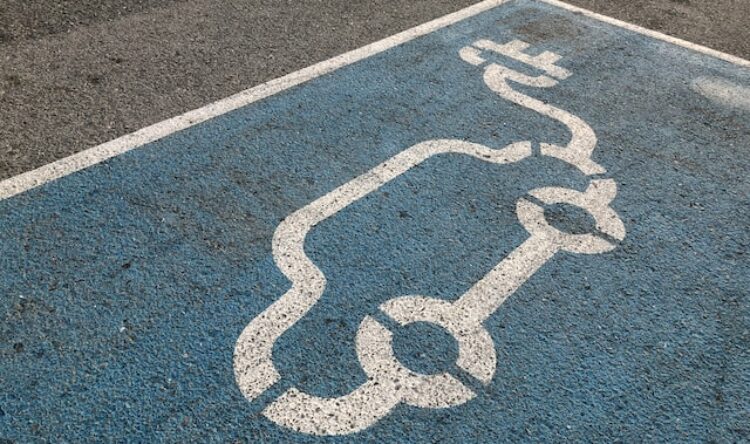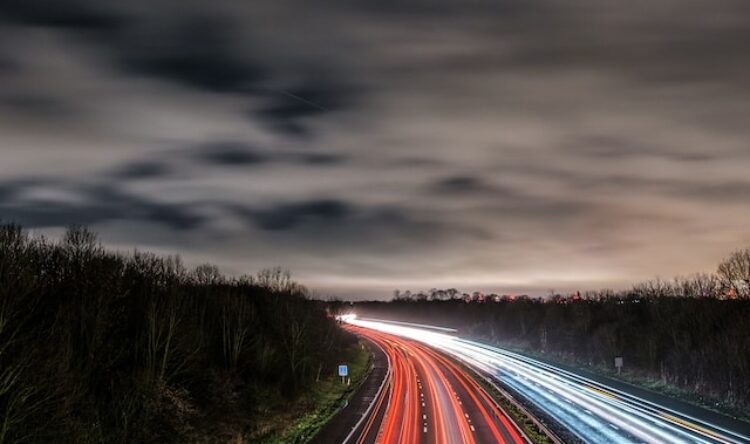Two seconds to safety
National Highways launches new campaign to encourage drivers to use the 'two second rule'
Drivers have been warned against the dangers of tailgating.
This comes amid concerns that huge numbers of motorists are failing to follow basic safety rules on the country’s busiest roads.
Ticking time bomb
Eight in 10 people questioned in a National Highways poll said they were aware of the ‘two-second rule’. Meanwhile, three-quarters (75%) said they had never driven too close to the vehicle in front within the previous three months.
However, a recent trial of new tailgating cameras on a stretch of the M1 captured 60,343 incidents of vehicles driving too close, in just one year.
National Highways has now launched a campaign to tackle the issue of tailgating. It is a factor in around one in eight crashes on England’s motorways and major A roads.
Common reality
National Highways Head of Road Safety, Jeremy Phillips, says “too many people are driving too close on our roads”.
“Most tailgating is unintentional by drivers who don’t realise that they are infringing on someone else’s space. But not leaving enough space between you and the vehicle in front is not only very frightening for that driver, it could have devastating consequences.
“The closer you get, the less time you have to react and to stop safely. So to avoid inadvertently getting too close to the vehicle in front, we would urge drivers to use the two-second rule and to always ‘stay safe, stay back’.”
Learn the code
The Highway Code states that drivers should allow at least a two-second gap between them and the vehicle in front. This gap should be increased as speeds increase. It rises to 2.4 seconds – about 53 metres – when driving at 50mph and 3.1 seconds – or 96 metres – at 70mph.
Furthermore, the gap should be at least doubled on wet roads and increased still further on icy roads.
The best way to use the rule is for drivers to use a fixed object on or beside the road. Allow the vehicle in front to pass the fixed object, such as a lamp post or road sign, then count to two seconds. If you reach two second before reaching the reference marker they need to drop back.
 Caption: Most drivers would realise this car is driving too close.
Caption: Most drivers would realise this car is driving too close.
But this second image gives the viewpoint of the second driver – and the close following isn’t quite as obvious. When asked, a large number of people seemed to think a gap of this size was acceptable.

Caption: Would you consider this too close?
Around one third of respondents in the research for National Highways stated that leaving a gap of 1-2 car lengths was sufficient.
In both pictures the distance is 7.5m so, at 50mph, this gap is approximately 0.34 seconds. Compare this with the Highway Code advised distance 53m or 2.4 seconds at this speed.
On trial
Last year National Highways and Northamptonshire Police joined forces in a trial to raise awareness and deter tailgating. Cameras were used on lane one of a stretch of the M1 over 12 months to automatically detect vehicles driving too close.
National Highways has now released the figures from the trial when there were:
- 60,343 detections
- 10,994 repeat offenders
- 2,144 letters sent to drivers warning they had driven too close and highlighting the dangers of not leaving safe braking distances
Drivers caught in the trial were not prosecuted but advised they had been tailgating. They were also given educational materials demonstrating the dangers of driving too close.
National Highways will use the results of the trial to inform future work on tailgating.
Fine futures
Driving too close to another vehicle can lead to prosecution for ‘driving without due care and attention’. This offence carries a minimum fine of £100 and three penalty points, and in some cases more severe penalties or a court appearance.
National Highways has a dedicated webpage where you can find more information about tailgating and staying safe on the road.







